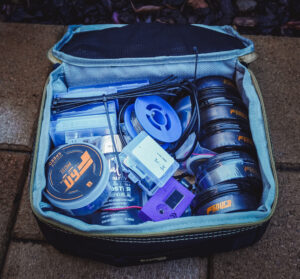MY TRAVELLING METHOD WITH FPV EQUIPMENT
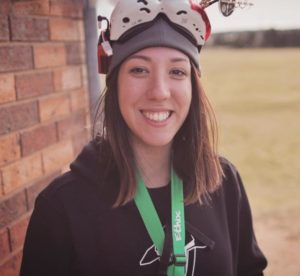
“Travelling times are back and if you’re like me, you might be frankly enthusiastic about the idea of seeing a new part of the world, from the ground as well as from above. By this I mean, you might want to go overseas and take some of your FPV drones with you on the way.
This being said, and especially after the past couple troubled years, it could be the first time in a while (if not ever) that you decide to travel with your beloved FPV fleet and you might be unsure on how to get ready for it.
To this I say: do not fear, fellow FPV hobbyist, help is on the way!
Instead of writing another full article on how to get ready for FPV travel though, I am going to share my method to get ready for FPV trips. Why am not telling you exactly how to get ready? Well because it has mainly been covered already by my podcast co-host MaiOnHigh but also, it’s been covered by other FPV Pilots in the past too.
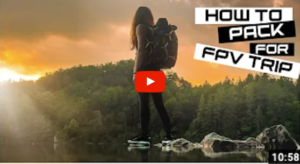
So what are we doing here, you ask?
I’m just here to add a little bit of information that you might need, a little additional sprinkle of ideas to – hopefully – help you organise your FPV trip better.
Also, if you’re wondering How would she know well enough about travelling with FPV drones? I’m just going to say that I have a past of backpacking through Australia, Indonesia, Europe and the US with one suitcase and one FPV bag only. So I think I can share with you a bit of experience that you could find beneficial.
My method is easy: Plan, Prep, Pack.
That’s it! That’s all you need to remember. Now, what do I mean by this?
The first step is planning your journey. Where are you going? How long are you going there for? What are you going to do in terms of FPV: are you going to go to races, are you going to do long range or freestyle, are you going to do ALL these things? Are you going for a professional shoot? Are you flying with people? Alone? Do you want to share your footage live with an audience?
Pretty much anything that you would think about before any FPV session, but you need to anticipate that you won’t be able to go back to your human-cave with all your gear when you realise you’ve broken something, or you’ve forgotten that one little screw for your camera side plate (by the way, always check your screws!)
This sounds a lot like common sense but remember, if you are going to travel, you need to plan well enough so that you do take enough equipment with you, but also, you don’t take too much with you. Mainly because if you’re catching a plane, you will be limited in weight. But also because travelling with your entire FPV fleet and equipment with you is most of the time going to be unnecessary and overkill.
Once you have planned your trip and you know where, why, how, when you are going to your destination, then it’s time to Prep for it, this means it’s preparation time.
You need to prep for the purpose of your trip. Which drone(s) do you need to take? How many spare parts do you need? How many batteries? Which tools? How are you going to pack everything to pass safely properly?
A few major reminders here:
1. Batteries must go with you in the cabin and cannot go with your checked in luggage. I store them inTORVOL LiPo safe bag. It is advised to wrap each single battery in a little zipped bag. Make sure you have the authorized total number of batteries with you too.
I always cover the XT60 with some rubber caps because it looks better and neater.
I also always print theregulation on LiPo batteries with me. But be sure to check your airline guidelines too!
2. I remove the props from my quad and store them in my check in luggage to avoid trouble and make the drone look safer in the first place. Especially if it’s not stored inside any bag but just hung on the outside of my backpack.
3. By default, my tool kit goes in the checked in luggage because all your pointy screw drivers will not pass the safety check.
Once this is all done, it’s Packing time.
I would advise you to find a bag that makes sense to your needs.
If you have different purposes for different trips, you can also have different bags for different scenarios. I personally use the TORVOL Quad Pitstop for all my needs. Depending on what I need, I can bring with me my analog set up, my digital set up or even my DSLR camera with me.
On top of this, as a professional photographer and video maker (from the ground and in the air) I would advise to always pack everything the same way in your bag.
This way you build excellent habits, that will make your safety checks at the airport way more efficient or simply speed up the process of getting up in the air when it’s time to fly your drone at your favourite spot. It’s also going to help with maintaining a clean, clear and organised set up. Such a tidy set up will never take additional mental space from you, which is something you want especially when you’re in a hurry to catch your plane or when all you want to do is get up in the air with your FPV stuff!
Let’s be honest, I haven’t reinvented the wheel here.
But you would be shocked to know how many people actually rock and roll a bit too much on their FPV trips and end up in unwanted situations that they could have avoided in the first place.
So If this article is helpful to you, let us know and also feel free to share it with your mates who might benefit from this FPV travel method too.
Happy Travelling everyone! And of course, happy flying!
Cheers, Onigiri”
DISCOVER THE AUTHOR & GREAT PILOT: https://linktr.ee/onigirifpv

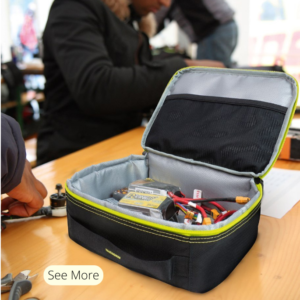
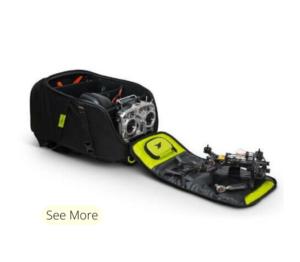
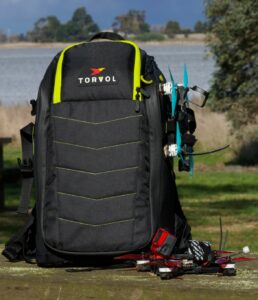
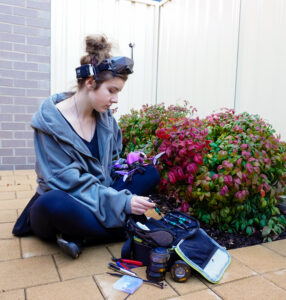
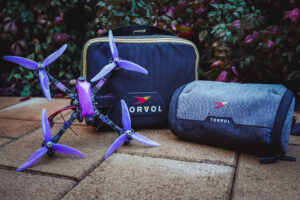
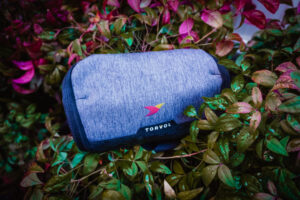
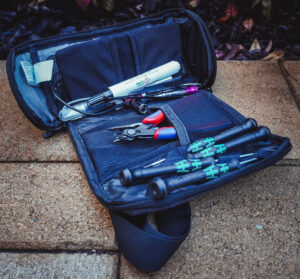 Another thing that I have in here are two
Another thing that I have in here are two